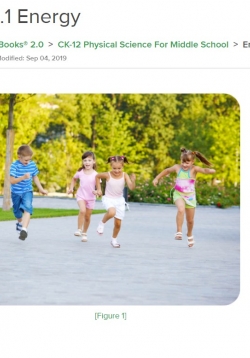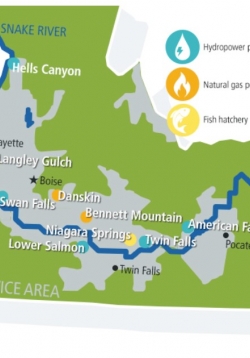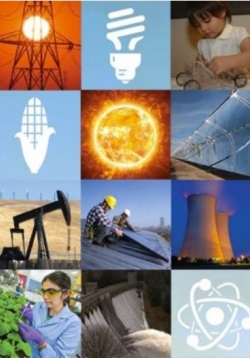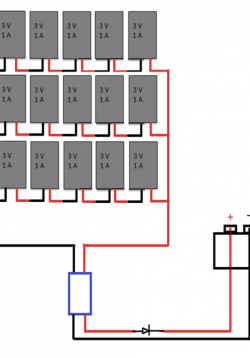Keeping it Cool With Solar Unit Plan
Keeping It Cool With Solar unit asks the question: “How might we design a structure that will keep us cool on a hot day?” As an anchoring phenomenon, students will be shown a time-lapse video of an ice cube melting, and a second phenomenon of a solar...







